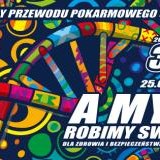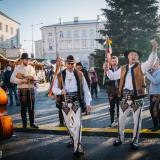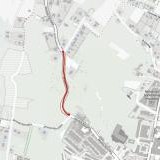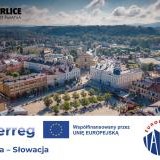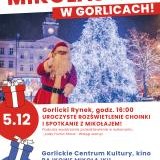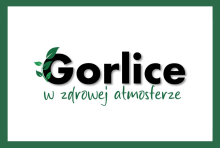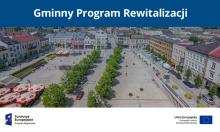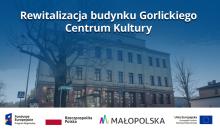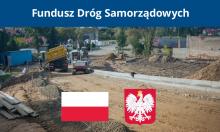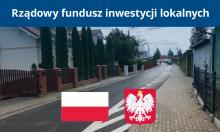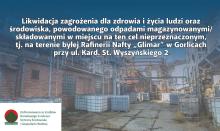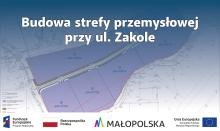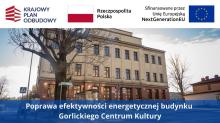Battle of Gorlice 1915
Treść
Battle of Gorlice 1915
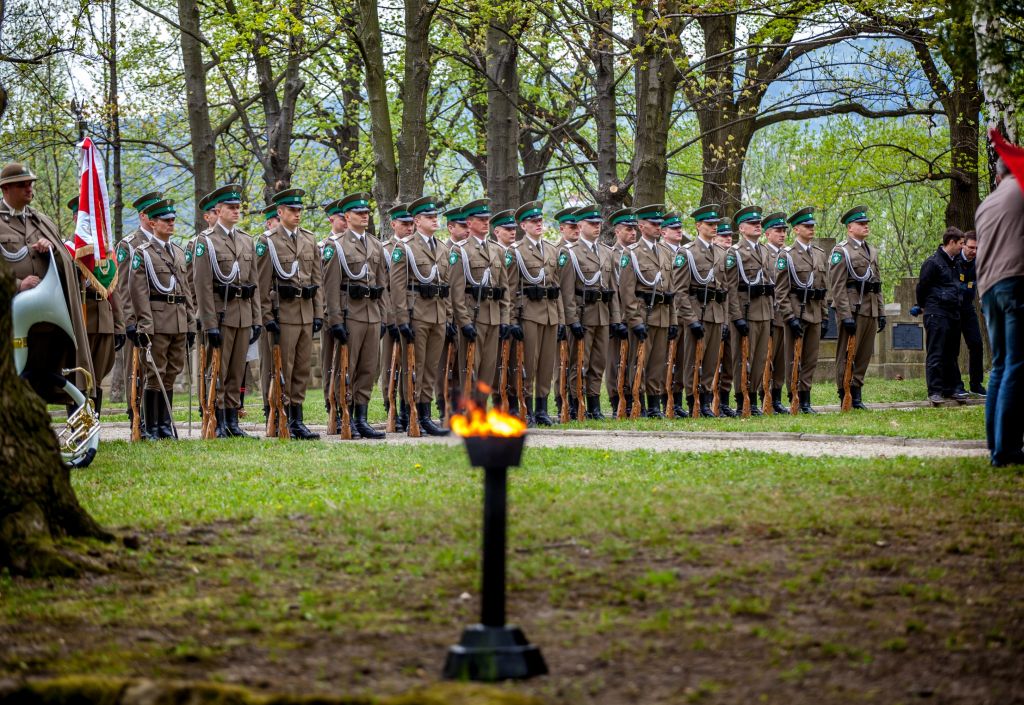 The bloody and most critical warfare that took place on Polish land during World War I, is also known as the Gorlice Operation. Here, in the region of Gorlice, the Russian war machine was stopped by the Central Powers, Germany and Austro-Hungary, whose victory was a crucial moment on the Eastern Front.
The bloody and most critical warfare that took place on Polish land during World War I, is also known as the Gorlice Operation. Here, in the region of Gorlice, the Russian war machine was stopped by the Central Powers, Germany and Austro-Hungary, whose victory was a crucial moment on the Eastern Front.
During the warfare, many neighbouring towns and villages with their churches, houses and industrial plants were destroyed. The town of Gorlice was turned into heaps of rubble and only ten per cent of its buildings could be inhabited. The hardest fights took place on 2 May 1915. During three-day long battle three Russian defence lines were broken and the Russian armies were forced to withdraw on the whole 150-kilometers long front. On 15 May, the attacking armies of the Central Powers reached the San River and captured the cities of Przemyśl on 3 June, and Lviv on 22 June.
The bloodiest fights took place on the outskirts of Gorlice and in the town itself, also in neighbouring villages: Sękowa, Stróżówka, Łużna, Staszkówka, as well as in the town of Biecz. During the battle, twenty thousand soldiers of all armies involved were killed. The dead were left on the battlefields or buried in shallow and makeshift graves.
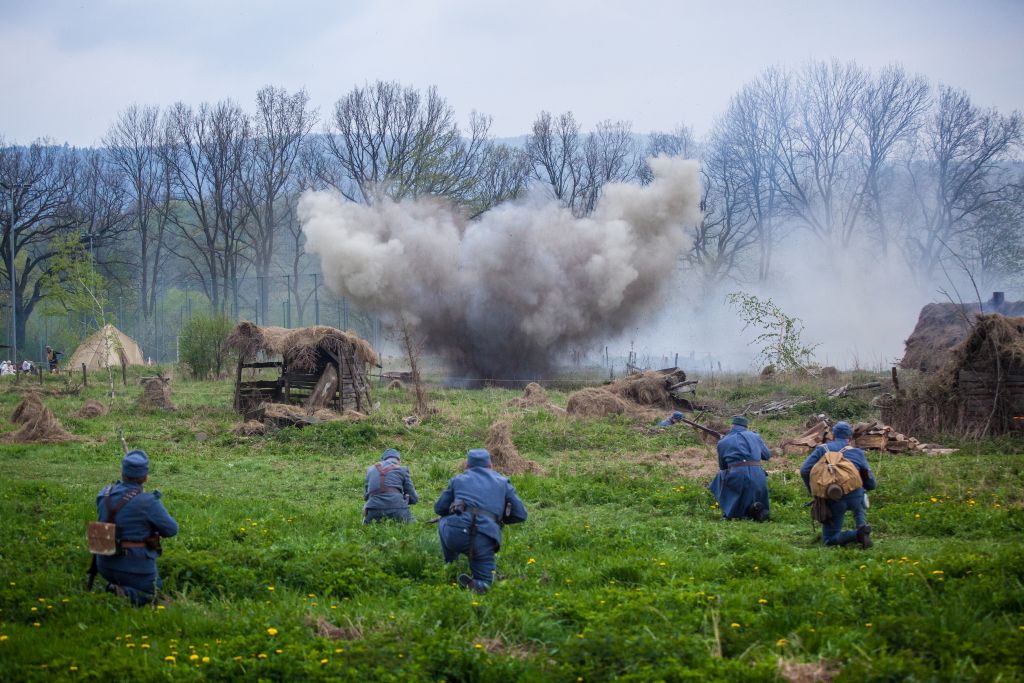
In order to tidy the battlefields and bury the killed soldiers with respect, the Austrian Ministry of War established the Department of War Graves, which was to be managed by major Rudolf Broch with the help of headwork officers, captain Hans Hauptmann and captain Dr Ludwig Brixel.
The area was divided into cemetery districts, one of which was the District no 3 of Gorlice managed by an Austrian architect, lieutenant Hans Mayr. 54 necropolises which were built there constitute a unique example of sepulchral architecture and each of them is an architectural masterpiece.
The most interesting cemeteries are located in villages of Sękowa, Ropica Górna, Stróżówka, in the town of Biecz, and in Gorlice itself. Especially representative of the District is the cemetery no 91 on the Cemetery Hill in Gorlice.
Mayr’s sepulchral designs are monumental and characteristically simple and austere in forms. Sturdy and full of expression fences with symbolic gates are attracting one’s attention.
The cemeteries in Gorlice were built in places of the heaviest and bloodiest combats. Seven cemeteries: no 87, 88, 89, 90, 91, 92 and 98, were built within the present-day borders of the town. One of them, the cemetery no 89 (on today’s Kopernika Street), has been removed in connection with a construction of a housing estate. The ashes of the 61 killed German soldiers from 272nd Infantry Regiment were moved to the cemetery no 91 in the years 1961-62. The cemetery no 89, designed by H.Mayr, was surrounded by a tall stone wall which was topped with a triangular coping. The central element of its entrance gate was a Latin cross.
Almost 1600 soldiers from the three armies, of Austrian, Polish, Russian, Hungarian, Czech, Serbian, Bosnian, Slovak, Ukrainian and Jewish nationality, who fought in the region were buried in Gorlice’s necropolises. Especially tragic was the fortune of the Poles who were called up for the three occupying armies and often had to fight against their fellow countrymen.
During the construction of the cemeteries, Russian and Italian soldiers, who had been taken captive, were employed. The Russians were working either on exhumation or as carpenters, while the Italians worked mainly as stonemasons and sculptors. They were helped by geodesists, gardeners and fruit farmers who planted ornamental trees and bushes.
The basic materials used in the construction were stone, concrete and metal which were only supplemented by wooden elements. Although each cemetery is different, they all include several characteristic elements, such as a centrally placed cross, walls, an entrance gate, graves and paths marked out among them.
Military Cemetery no. 91 on the Cemetery Hill
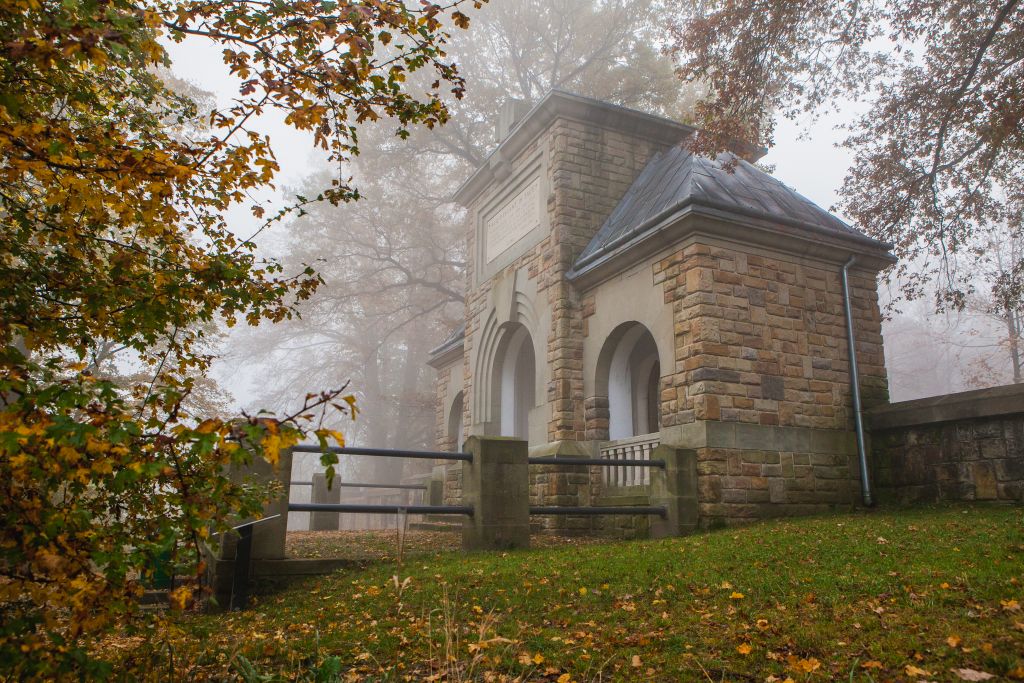 Gorlice region is stained with blood of soldiers of three armies which were fighting here during the World War I. Every single war is terrible and unfair. However, the main pathos of WWI stems from the fact that many times in the opposing armies people of the same nationality fought against each other.
Gorlice region is stained with blood of soldiers of three armies which were fighting here during the World War I. Every single war is terrible and unfair. However, the main pathos of WWI stems from the fact that many times in the opposing armies people of the same nationality fought against each other.
Among Gorlice ‘s necropoles the Military Cemetery no. 91, situated on the Cemetery Hill, is a very important and special place. Soldiers who died between November 1914 and May 1915 rest here. Most of them died on 2 May 1915 during the so-called “Operation of Gorlice”.
The Cemetery, designed by architect Emil Ladewig, resembles a fortress. A stony Latin cross, designed by captain Gustaw Ludwig, is the central part of the cemetery. On its frontal wall two plaques are placed: one from 1928 funded by people of Gorlice and one funded by the Association of Disabled Soldiers. The whole necropolis is surrounded by a high stony wall fortified with bastilles. On its exterior wall, on the left side of the entrance gate plaques with the names of the fallen Russian soldiers are placed.
The entrance of the cemetery is guarded by a great stony gate covered by hipped roof, which resembles an ancient triumphal arch. The gate also has plaques with names of the fallen soldiers. At the cemetery there are many steles – gravestones surmounted by Latin crosses. Soldiers, who fought in the hostile armies and in foreign uniforms, but in the Polish matter rest in 161 common graves and 140 single ones.
WORLD WAR I CEMETERY NO 87 designed by H.Mayr
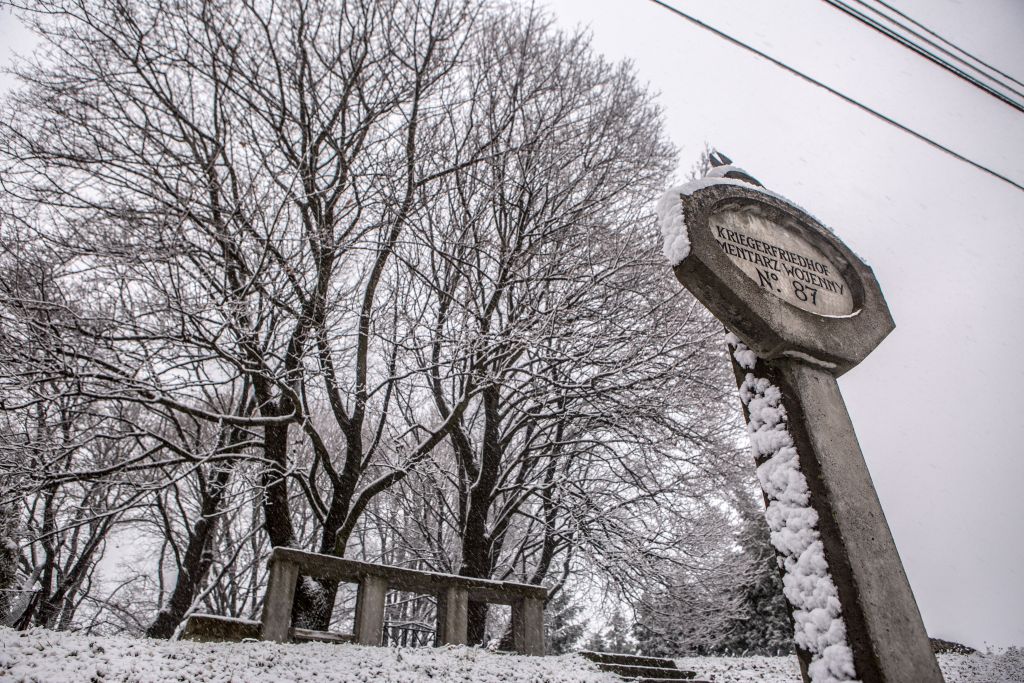 The cemetery is located on the Łokietka street, on the yellow tourist trail from Gorlice to Bielanka village. It is commonly called the cemetery ‘on Pocieszka’ from a popular name of this part of the town. 205 soldiers from the Austrian, German and Russian armies are buried there. Also Polish names can be found on the graves. A tall Latin wooden cross with a tin roof is the central element. The grave sections are situated on both sides of the main path. Concrete vertical gravestones and crosses with plates were placed on the graves.
The cemetery is located on the Łokietka street, on the yellow tourist trail from Gorlice to Bielanka village. It is commonly called the cemetery ‘on Pocieszka’ from a popular name of this part of the town. 205 soldiers from the Austrian, German and Russian armies are buried there. Also Polish names can be found on the graves. A tall Latin wooden cross with a tin roof is the central element. The grave sections are situated on both sides of the main path. Concrete vertical gravestones and crosses with plates were placed on the graves.
WORLD WAR I CEMETERY NO 88 designed by H.Mayr

The cemetery is situated in the district called Sokół, on the green tourist trail from the Dukielska Street to Wapienne village, 200 meters from the road. It is called the cemetery “on Magierka” from the name of the hill it was built on. 20 soldiers from the Austrian army and 100 from the Russian army were buried here. The design, based on the shape of a Latin cross, is very simple. The cemetery is surrounded by a concrete wall with two symmetrical entrance gates. A huge concrete Latin cross, visible from a distance, is the central element. The graves, majority of which are collective, are topped with metal Latin or two-armed patriarchal crosses.
WORLD WAR I CEMETERY NO 90 designed by H.Mayr
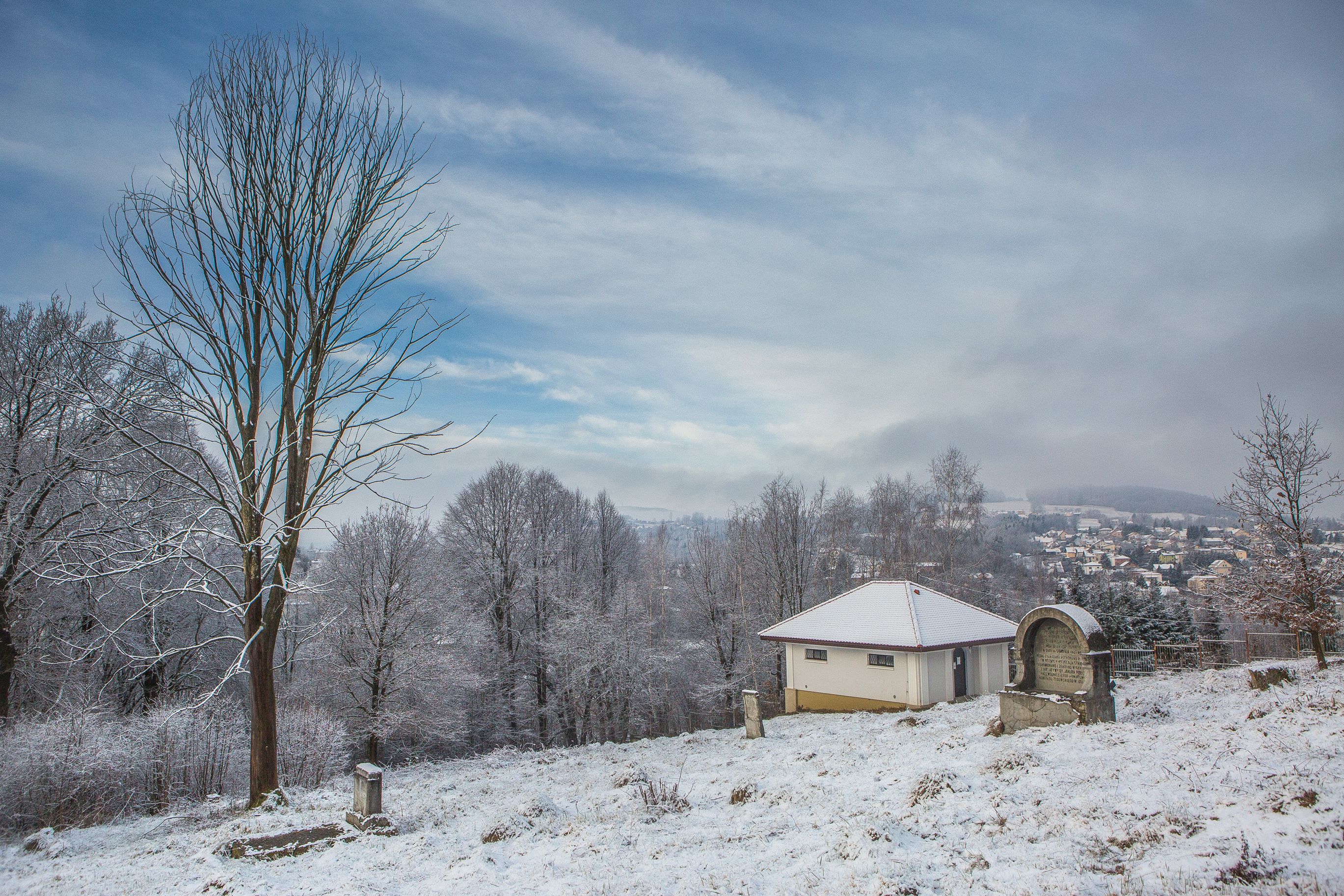 The cemetery is located on the Stróżowska street. Originally it constituted a separate section of a Jewish cemetery, which was built on the steep western slope of the Cemetery Hill. 6 soldiers of Jewish faith, 5 soldiers from the Austrian army and 1 from the Russian army are buried there. The graves are situated about 30 meters to the south of the lower wall of the ohel. Matsevahs with the six-armed star of David were placed on the graves.
The cemetery is located on the Stróżowska street. Originally it constituted a separate section of a Jewish cemetery, which was built on the steep western slope of the Cemetery Hill. 6 soldiers of Jewish faith, 5 soldiers from the Austrian army and 1 from the Russian army are buried there. The graves are situated about 30 meters to the south of the lower wall of the ohel. Matsevahs with the six-armed star of David were placed on the graves.
WORLD WAR I CEMETERY NO 92 designed by H.Mayr
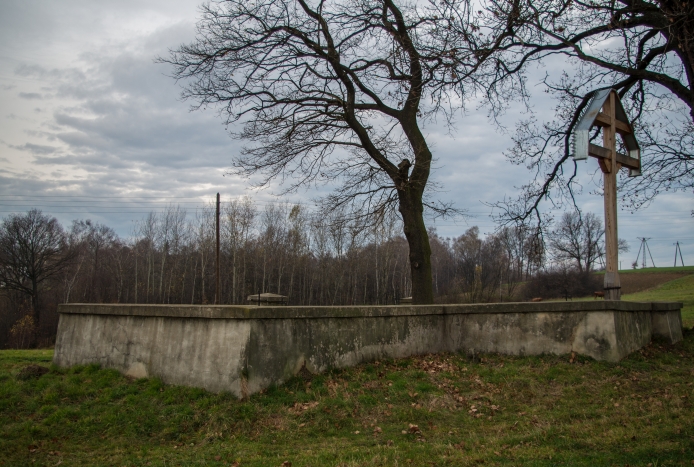
The cemetery is located about 250 meters to the east of the Stróżowska Street. 98 soldiers from the Russian army were buried here. Its design is based on a lengthened rectangular with a risalto. The cemetery is surrounded by a concrete wall from three sides and a fence from the gate side. A wooden Latin cross, placed next to an oak, is the central element of the cemetery. The two-armed metal crosses on the graves are fixed in concrete pedestals.
WORLD WAR I CEMETERY NO 98 designed by H.Mayr

The cemetery is located in a district of Gorlice called Glinik, about 100 meters from the Biecka street, which is the town ring road. 254 soldiers from the Russian army were buried here. Its design was based on a square. The cemetery is surrounded by a concrete wall with a semicircular gate topped with a ball and two-armed cross. The main entrance marks out a path on which end there is a low monument with a inscribed plaque. On the tombstones there are cast-iron tow-armed crosses with leaf wreaths hanged on the lower arms.

